Gluten-Free skincare should be considered by people with sensitivity or Celiac disease. While this disorder usually involves the digestive and immune systems, what you use in gluten free skincare can also aggravate harmful effects.
Luckily, as more and more people become aware of gluten sensitivity and celiac disease, a lot of brands have also made a lot of gluten-free products accessible and easy to find.
But how does gluten in skincare affect a person with this disorder exactly? Read on to learn why people with Celiac disease should look for gluten-free products.
What is Celiac Disease?
The term “gluten-free” and “Celiac disease” started becoming mainstream a few years back. Many have joined the bandwagon of “having gluten sensitivity,” even though they didn’t. This phenomenon has its pros and cons.
A benefit to this is letting more people and companies know about Celiac disease and gluten sensitivity, making gluten-free products more accessible. However, a drawback is that many people dismiss these health conditions as no more than a fad.
But what is Celiac disease in the first place? Simply put, it’s a chronic disorder involving the digestive and immune systems. It’s a disorder triggered by ingesting food and drinks with gluten, damaging the small intestine. Celiac disease may cause long-term digestive problems while also causing the body not to get all the nutrients it needs.
To manage Celiac disease, the person needs to follow a gluten-free diet.
What is Gluten-Free?
If you pick up bread, break it up, and see its spongy, stretchy interior, that’s because of gluten. Naturally found in several grains like barley, wheat, and rye, gluten is a protein that binds food together. It’s what makes bread dough elastic and stretchy.
Gluten-free products are those made without this protein. Often, a substitute to mimic the natural properties is used in gluten-free products.
While most gluten-free products in the market are food items, this has also crossed over to the skincare and personal care industries.
Why Use Gluten-Free Skincare Products?
Topical Gluten: How Can It Harm You?
As previously mentioned, gluten is a protein that naturally occurs in food ingredients, mainly wheat, barley, or rye. As such, you will encounter gluten in food. But did you know you can also encounter gluten in skin care products?
When it comes to gluten free cosmetics, if you use lip balm or lipsticks with gluten, you can easily ingest gluten added to it while eating or drinking food or when you lick your lips.
Hydrolyzed Wheat Protein, a different form of gluten, is also added to some products. Since the particles of this gluten cousin are small enough to be absorbed by the skin, it can potentially cause a reaction. You may find yourself developing a rash and hives by using such gluten free beauty products.
What to Look Out For?
If you want to be safe from potentially ingesting gluten by accident, you should always be wary of the personal and skincare items that you use.
Gluten and HWP are commonly found in the following personal care items, skincare products, and cosmetics items:
Personal Care: Hand and Body Lotions, Hand Sanitizers, Nail Products, Mouthwash, Toothpaste, Shaving Creams, Bath and Shower Gels
Skin Care: Gluten free facial products like Facial Wash, Moisturizers, and Sunscreen
Cosmetics: Gluten free cosmetics such as Lip Products and Foundations
Not all such products contain gluten, thanks to more brands being aware of what some customers need. However, if you’re unsure whether an item has gluten, your best action is to read the label.
While reading the ingredients list, here are some ingredients that are sources of gluten you should look out for and avoid:
- Barley-derived Ingredients
- Barley Extract/Hordeum Vulgare
- Disodium Wheatgermamido PEG-2 Sulfosuccinate
- Hydrolyzed Wheat Protein/Gluten/Starch
- Hydroxypropyltrimonium Hydrolyzed Wheat Protein
- Oat Flour
- Oat Extract/Avena Sativa Extract
- Rye-based Ingredients
- Rye Extract/Secale Cereale Extract
- Rye Seed Extract
- Rye Seed Flour
- Wheat Flour Lipids/ Triticum Vulgare Lipids
- Wheat Flour Germ Extract
- Wheat Bran Extract
- Wheat Germ Glycerides
Make Reading the Label a Habit
While Celiac disease is limiting regarding what one eats or uses, it’s a manageable disorder. Today, accessibility to products, whether food items or skin care items, is much better than many years ago.
While it may be daunting at first, there’s one habit that you can develop to keep yourself safe: Reading the Label. Product labels usually have most of the things you need to make an informed decision about gluten free skin care brands.
Don’t let gluten sensitivity and Celiac disease limit your quality of life. Make reading the label a habit!


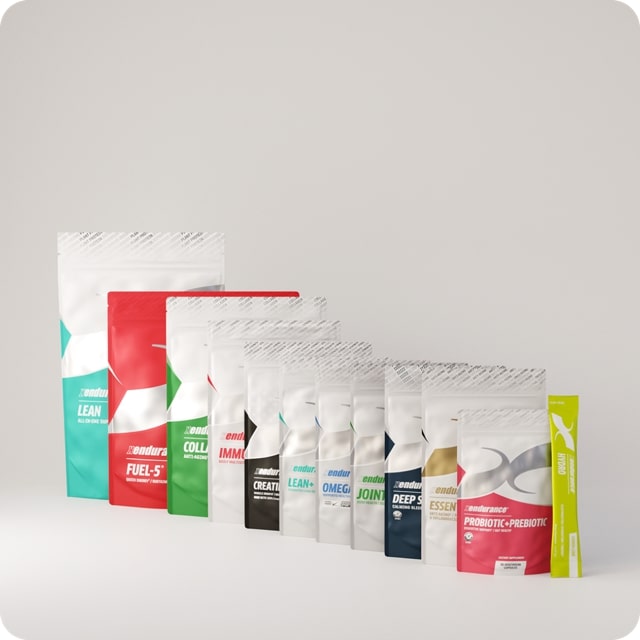
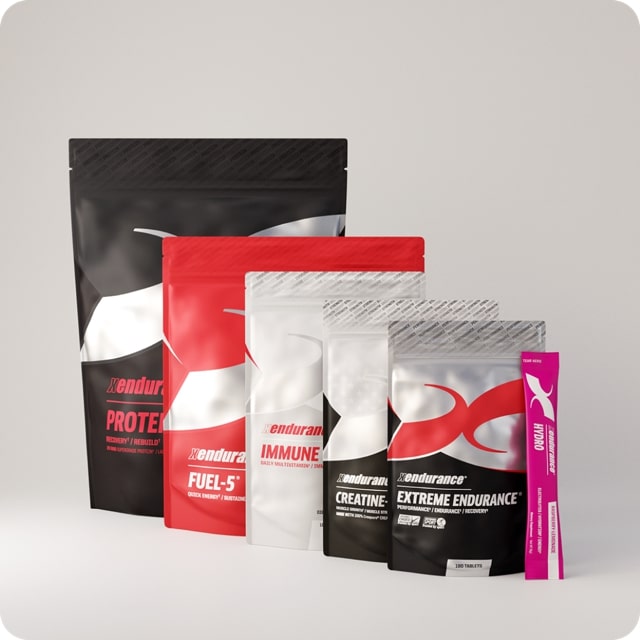
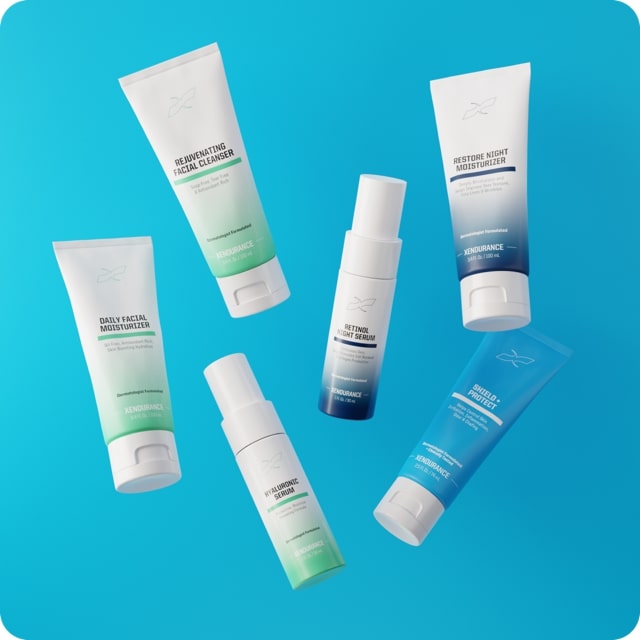
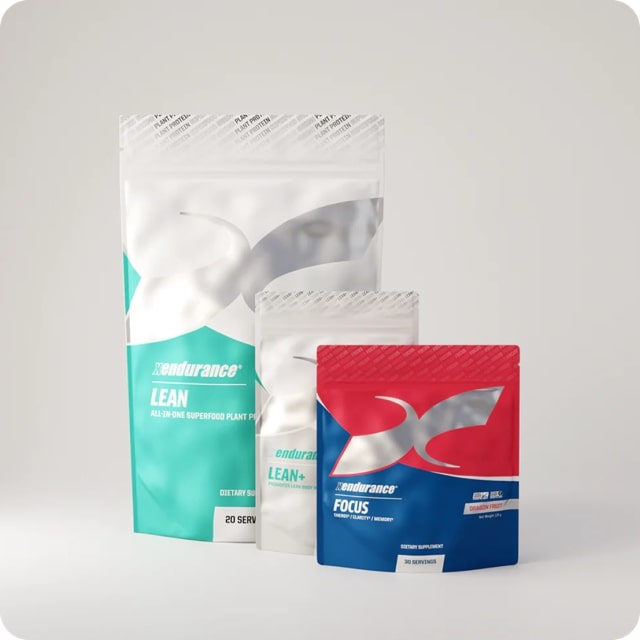
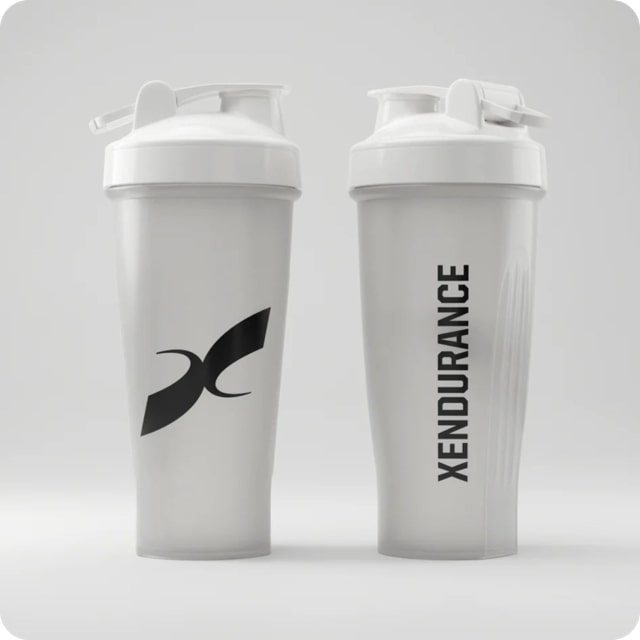
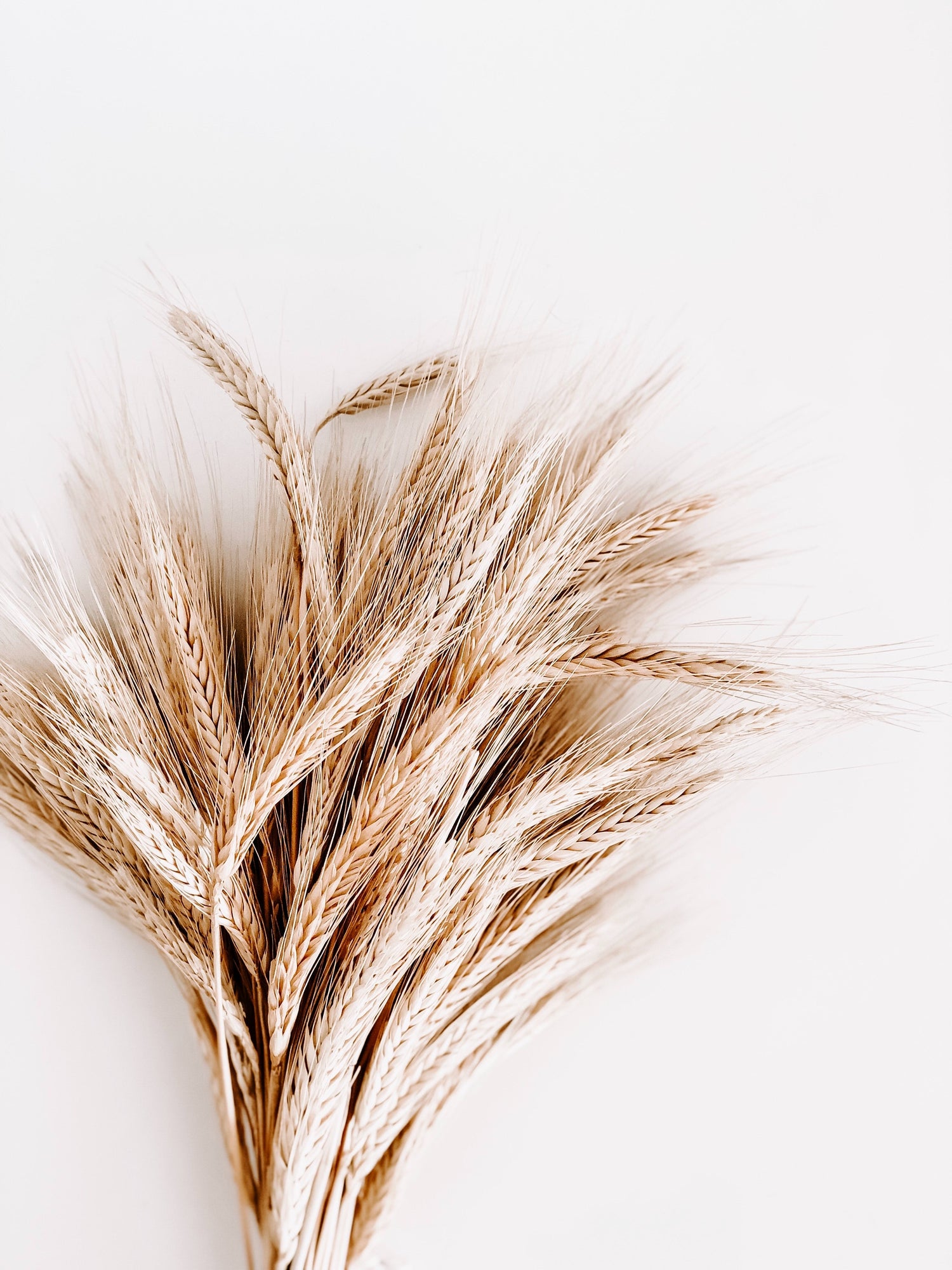
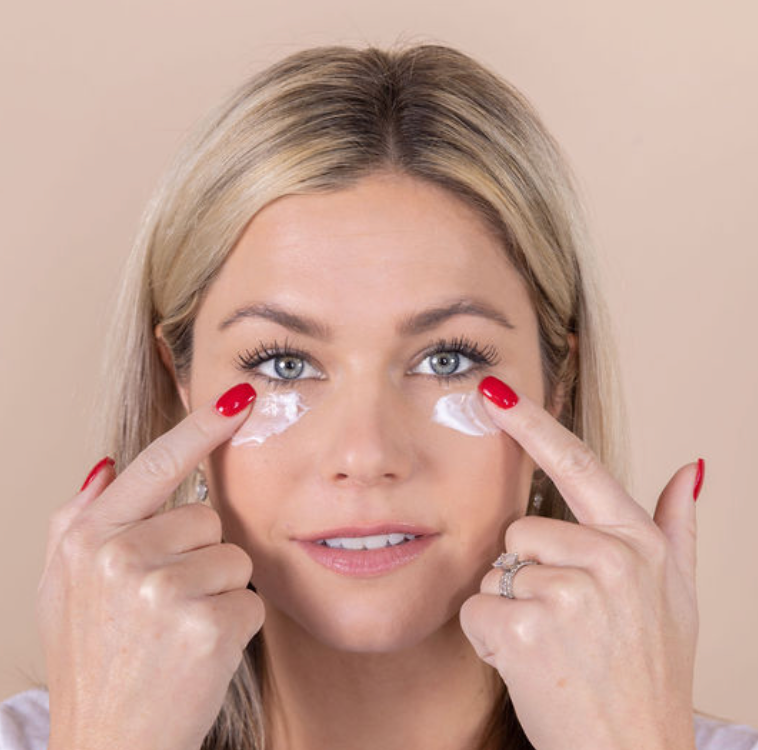

Leave a comment
This site is protected by hCaptcha and the hCaptcha Privacy Policy and Terms of Service apply.